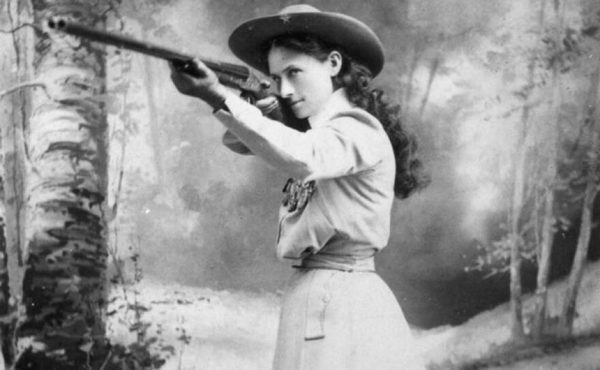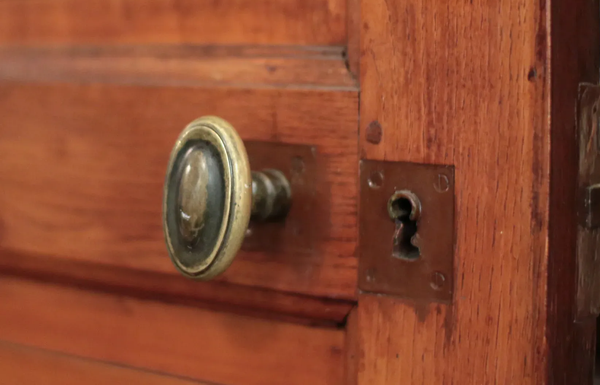How scientists learned to treat the biggest killer of children

In 1832, Europe was in the throes of a cholera epidemic. A Scottish doctor named Thomas Latta knew cholera patients’ blood lacked water and salt, so he’d tried pumping a briny solution directly into the veins of an elderly patient. At first there was no response, but then the woman started to grow stronger. Nearly 140 years after Latta’s experiments, work on the disease would lead to one of the 20th century’s most consequential medical discoveries: oral rehydration solution (ORS). This cheap, simple solution of sugar, salts, and water mixed in the right proportions and delivered orally has saved the lives of more than 70 million, mostly children, since its introduction in the 1970s. It has helped slash the number of children under five dying of diarrhoeal diseases from around 4.8 million in 1980 to about 500,000 today. All of this from a drink that in its most basic form can be made by anyone with access to kitchen salt, sugar, and water.
Last time a president was arrested it was for going too fast in his horse-drawn buggy
The last time a US President was arrested, it involved a speeding horse and buggy, the thunder of hooves near the White House and a repeat offender who happened to be the president of the United States. Ulysses S. Grant, who had an eye for spirited horses and an apparent yen to test their mettle, was arrested in 1872 for speeding on a street in Washington, where he had been driving a two-horse carriage. It was the second time in two days that the policeman had stopped the president; the first time, the officer had issued him a warning. The Grant episode apparently wasn’t reported in the press at the time, but it came to light in 1908 when The Sunday Star newspaper in Washington published an interview with the then-retired officer who pulled the 18th president of the United States over.

Voltaire: Enlightenment philosopher and lottery scammer
Francois-Marie Arouet, better known by his pen name “Voltaire,” was born on this day in 1694. In the course of a relatively long life, he was a famous philosopher, an aristocrat who mingled with famed writers and theologians as well as politicians–and a lottery scammer. In fact, without the lottery, none of the other stuff might have been possible. It all unfolded when Voltaire was in his 30s. At the time, he was neither rich nor particularly famous, although he’d become known as one of the philosophes—18th-century intellectuals—and as an author. He’d also had a few run-ins with the turbulent French government of the time: Earlier, he’d spent more than a year in the Bastille, according to Encyclopedia Britannica, and he’d just returned from a two-year exile in England, where he’d been sent as the result of a spat with a nobleman who made fun of his adopted name.

The Matawan Man-eater: The real-life shark that was the inspiration for Jaws
The summer of 1916 was a time when Americans were concerned with politics and war. The Great War was raging in Europe. Pancho Villa led the Mexican revolution in New Mexico, and U.S. Marines invaded the Dominican Republic. So, as July 1916 began, people were looking forward to a relaxing summer that would give them a reprieve from the concerns of war. On July 1, a young stockbroker taking a short holiday with his family on the Jersey Shore stepped onto the beach for a swim before dinner. He didn’t know that it would be the last few hours of his life, and he would start a hysteria along the East Coast that would eventually inspire Peter Benchley to write his novel, Jaws. After what happened in Matawan, the entire Jersey Shore area mobilized to catch the Jersey man-eater.

The Filipino islanders who weave their dreams
For more than 300 years, women residing around a turquoise lake have woven textiles from visions they say were bestowed to them by a goddess in their dreams. For at least three centuries, the Indigenous T'boli people have passed down the practice of dream-weaving, or T'nalak, in rural villages around Lake Sebu, a turquoise lake nestled in the lush mountains of southern Mindanao. These textiles are made from natural fibres stripped from the stems of the banana-like abacá plant. Villagers believe that the goddess, Fu Dalu (the spirit of abacá), communicates with women by appearing in their dreams as an animal or human figure. Master dream-weavers then interpret these visions into patterns that usually take three to four months to weave. The process is done entirely by hand with all-natural ingredients, and while it's led by the master weaver, it is a collective effort by the community that is considered a sacred tribute.

Company says TikTok data centre is limiting energy for manufacturing Ukraine ammunition
One of Europe’s largest ammunition manufacturers has said efforts to meet surging demand from the war in Ukraine have been stymied by a new TikTok data centre that is monopolising electricity in the region close to its biggest factory. The chief executive of Nammo, which is co-owned by the Norwegian government, said a planned expansion of its largest factory in central Norway hit a roadblock due to a lack of surplus energy, with the construction of TikTok’s new data centre using up electricity in the local area. Demand for artillery rounds is 15 times higher than normal and Europe’s munitions industry needs to invest €2bn in new factories to keep up with Ukraine’s needs, according to Brandtzæg. By some estimates, Ukraine is firing 6,000 to 7,000 artillery shells a day and is facing shortages.

Tour the Great Pyramid of Giza in 3D
Thanks to Harvard University, you can now virtually enter the Great Pyramid of Giza in 3D and 360º
— Massimo (@Rainmaker1973) April 4, 2023
Tour: https://t.co/oNXYcACU7Dpic.twitter.com/VYFChxbEUL



